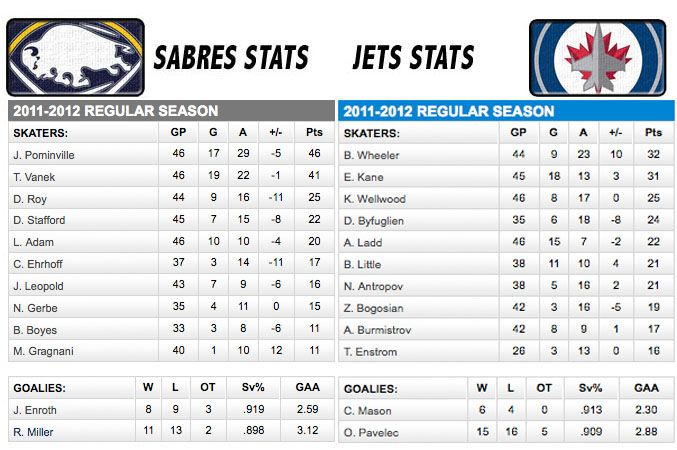We head back to the lab for this edition of the Burning River Book Club as we take a look into The Physics of Baseball by Robert K. Adair, Ph.D. While this is an older book, originally penned in 1990, it has since been updated multiple times as can be seen by references to some players if nothing else. In addition, there have been no huge breakthroughs in the scale of physics that baseball resides in since 1990, so it is safe to say the information is as accurate now as it was then.
The first issue with this book is that it isn’t for everyone. Simply taking one out of context line out of the book:
“Let us consider specifically a left-right deflection of a wide-breaking curve thrown such that it crosses the plate with a velocity if 61 mph in calm weather 0.6 seconds after leaving the pitcher’s hand with a velocity of 70 mph. This particular ball, thrown with a sidespin of 1800 rpm, breaks about 14 inches.”
This is the typical manner the book progresses. For reference, I took AP Physics eons ago in high school and have since kept up a layman’s interest in the subject and found large sections of the book hard to follow. Unlike the guys from Freakonomics, Dr. Adair is only going to go so far in making physics understandable. That being said, someone who worked in the field of physics may say that the book is written for simpletons. There is an incredibly large knowledge gap in the subject matter and this particular subject is not for everyone.
On to the actual topics covered in the book, the primary focus is on why a baseball does what it does. Why does it fly a certain distance and not more? Why does a fly to center go straight, but flies to the corners curve? And how do weather and location affect the flight of the ball? Broken into six sections, the first five all have to do with the ball, whether it be in flight, coming out of a pitcher’s hand or off a bat. In this, many preconceived notions are tested and for the most part found accurate, although often not for the reason the majority thinks is accurate. One of these, for example, is that most people believe that high humidity will decrease the distance a ball can be hit, while in fact, high humidity increases that distance, since water vapor is less dense than air. The reason most balls travel a shorter distance on humid nights is that in general the temperature is lower and and there is no breeze blowing out to the fences. Also in this area, the reasoning behind why the humidor works so well in Colorado is included.
There are also some old time standards that Dr. Adair disproves in his book. For a long time, people believed that a curve ball didn’t curve, but not only does he prove that it does (with charts as well as in words), but he explains why each type of ball thrown moves the way it does and why a pitcher would use it in each situation. This is largely the most valuable part of the book, especially for newer baseball fans, as it explains what is actually happening in situations that most baseball fans simply take for granted. Using diagrams showing the bat ball interaction, he shows exactly why it is stupid to throw a ball that breaks into a hitter and a high curve ball or sinker. Again, these may seem obvious to a long term fan, but there is definitely value in learning why certain pitches work instead of simply looking at the results and knowing that they do.
My personal favorite preconceived notion that the doctor destroys is that of the corked bat. While it may be fun to make a big deal out of in the news (like with the allegations towards Albert Belle and the proof against Sammy Sosa), it turns out that a corked bat will actually hit a ball less distance than a standard one and that there are many ways to legally get the benefits of a corked bat by legally using a bat of a different weight or length. The answer lies in weight distribution and momentum, but to learn more, you’ll have to get the book yourself and read. I will leave it at simply, if Belle was using a corked bat, he was only costing himself home runs.
Overall, this was a solid read and I recommend it to true baseball fans who want to learn more about the sport. A word of warning, the first chapter is the hardest as principles are introduces and the most minute details are discussed. If this seems too hard to understand, just keep with it lays the ground work for the rest of the book, which is much easier. If there is one flaw, outside of the education level needed to understand the book, it is that only one chapter deals with everything outside the pitcher/batter battle. The final pages of the book focus on fielding and base running, but after going into extreme detail in the early pages, many generalizations are made and little is learned. This can be forgiven, however, as those interactions can be seen from the stands whereas the actual contact between bat and ball is practically invisible. If one thing can be said about this book, it is that baseball is not actually a game of inches, but a game of millimeters.
Add The Sports Daily to your Google News Feed!

